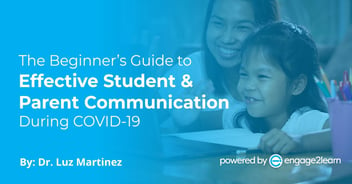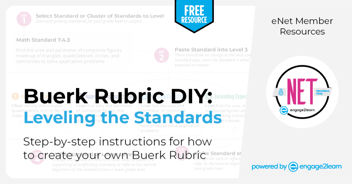Direct Instruction in a Small Group Environment | engage2learn

As a teacher, I pondered how I could deliver direct instruction that my students needed if they were working independently or in small groups.
I questioned, “How can my students learn if I’m not directly teaching them?”
I did not understand the meaning of small group instruction.
How can my students learn if I’m not directly teaching them? Click To TweetIn fact, the small group environment in classrooms provides the optimal time and setting for direct, targeted instruction that increases learning for all.
As educators in the late 1990s, we began to discuss the necessity for differentiation and feedback to impact learning for every student. One main question was, HOW?
We heard experts such as Carol Ann Tomlinson and J.E. Pollock discuss the benefits of differentiation and feedback. Still we asked, HOW?
What an eye-opener it was for me, a secondary teacher, when I started visiting K-2 classrooms and witnessed the power and process of direct instruction to one small group at a time. I began to consider how the concept of the guided reading environment could be transferred to my high school English or history classroom.
We truly want to engage all of our learners, no matter their abilities or interests, as active learners and problem-solvers, as well as masters of the knowledge and skills in our classroom and beyond. Click To TweetWhy would educators make this transformation in their classroom learning practice? The answer is that we truly want to engage all of our learners, no matter their abilities or interests, as active learners and problem-solvers as well as masters of the knowledge and skills in our classroom and beyond.
There is a wide berth of research behind the need for differentiation, the impact of engagement, and the power of immediate feedback. The practical application of much of the research is realized in direct instruction through a small group setting, and in my own experience and in observation of many bright spot teachers, it boils down to a few steps.
- Use data such as pre-assessment and formative assessments, looking at individual student data and deciding which students should be pulled for specifically targeted workshops or small group instruction lessons
- Plan the small group instruction based on one skill or standard with differentiated materials based on those learners (consider learning styles) and consider how to pace the instruction for the group that will be pulled
- Pull the group of learners with homogenous needs and provide direct instruction to them for between 5-10 minutes, providing them frequent time to respond and ask their own questions. – provide immediate and specific feedback
- Present the learners a way to organize their learning (an organizing tool ideas or processes) and assist them if they need help
- Allow the learners a few minutes to apply the learning so you can check for their understanding.
Learners benefit exponentially from small group instruction because their direct teach time is focused, paced and meaningful for them. This learning environment propels the growth of all learners in the classroom and assists the teacher in knowing where all learners are at all times in the learning process.



